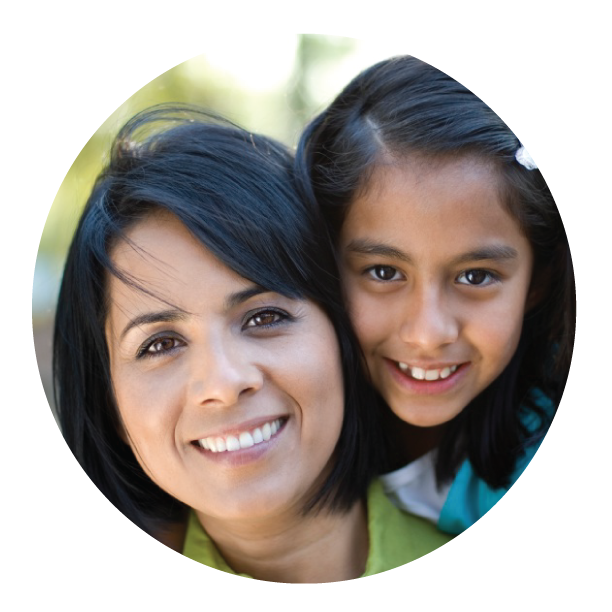Orton-Gillingham Instruction?
The Orton-Gillingham Method
Dr. Samuel T. Orton and Dr. Anna Gillingham developed the Orton-Gillingham approach in the 1930’s. In Orton-Gillingham reading is taught sequentially proceeding from single letters and symbols to one-syllable words and then to longer words. Multisensory approaches are emphasized throughout, with each step of instruction incorporating auditory, visual, and kinesthetic channels. Writing and letter formation are taught systematically, one letter at a time, and each lesson includes emphasis both on auditory and visual aspects of letters and words. Orton-Gillingham includes teaching visual strategies for recognition of phonetically irregular words, and also provides explicit, systematic instruction in the development of vocabulary and reading comprehension.
The Orton-Gillingham Teacher
The Orton-Gillingham teacher begins with the most basic elements of the English language. Using repetition and the sequential building blocks of our language, phonemes are taught one at a time. This includes the consonants and sounds of the consonants. By presenting one rule at a time and practicing it until the student can apply it with automaticity and fluency, students have no reading gaps in their word-decoding skills. As the students progress to short vowels, they begin reading and writing sounds in isolation. From there they progress to digraphs, blends and diphthongs.
Students are taught how to listen to words or syllables and break them into individual phonemes. They also take individual sounds and blend them into a word, change the sounds in the words, delete sounds, and compare sounds. For example, “…in the word steak, what is the first sound you hear? What is the vowel combination you hear? What is the last sound you hear? Students are also taught to recognize and manipulate these sounds. “…what sound does the ‘ea’ make in the word steak? Say steak. Say steak again but instead of the ‘st’ say ‘br.’- BREAK!
Every lesson the student learns is in a structured and orderly fashion. The student is taught a skill and doesn’t progress to the next skill until the current lesson is mastered. As students learn new material, they continue to review old material until it is stored into the student’s long-term memory. While learning these skills, students focus on phonemic awareness. There are 181 phonemes or rules in Orton-Gillingham for students to learn. Advanced students will study the rules of English language, syllable patterns, and how to use roots, prefixes, and suffixes to study words. By teaching how to combine the individual letters or sounds and put them together to form words and how to break longer words into smaller pieces, both synthetic and analytic phonics are taught throughout the entire Orton-Gillingham program.
Phonemic Awareness
The key to the entire reading process is phonemic awareness. This is where a child identifies the different sounds that make words and associates these sounds with written words. A child cannot learn to read without this skill. In order to learn to read, children must be aware of phonemes. A phoneme is the smallest functional unit of sound. For example, the word ‘bench’ contains 4 different phonemes. They are ‘b’ ‘e’ ‘n’ and ‘ch.’
Some examples of phonological awareness tasks include:
- Identifying rhymes – “Tell me all of the words you know that rhyme with the word BAT.”
- Segmenting words into smaller units, such as syllables and sounds, by counting them. “How many sounds do you hear in the word CAKE?”
- Blending separated sounds into words – “What word would we have if we blended these sounds together: /h/ /a/ /t/?”
- Manipulating sounds in words by adding, deleting or substituting – “In the word LAND, change the /L/ to /B/.” “What word is left if you take the /H/ away from the word HAT?”
Through phonological awareness, children learn to associate sounds and create links to word recognition and decoding skills necessary for reading. Research clearly shows that phoneme awareness performance is a strong predictor of long- term reading and spelling success for children with speech and language disabilities. In fact, according to the International Reading Association, phonemic awareness abilities in kindergarten (or in that age range) appear to be the best single predictor of successful reading acquisition!
With each Orton-Gillingham lesson, the student experiences confidence and success as they progress through the method. The purpose of Orton-Gillingham instruction is to provide the student with an understanding of language structure, which allows him or her to become an independent reader and speller.
How To Get Help And What To Expect?
Step 1:
Contact PRIDE by phone: 1-866-774-3342
You can also contact us by email (info@pridelearningcenter.com). Our Director will be glad to talk with you and can answer any questions you may have about the program and staff.
Step 2:
Sign Up for the PRIDE Reading Program and request your preferred schedule with the PRIDE Director. The PRIDE Director will work with you to identify your child’s specific needs and choose a PRIDE Reading Specialist based on the information provided.
Step 3:
Your PRIDE Reading Specialists first visit to the home will identify your child’s placement in the PRIDE Reading Program. The PRIDE Reading Specialist will then order your PRIDE Reading Program materials to be delivered to your home. The PRIDE Director also receives the placement information. Depending on information received from the placement, the PRIDE Director may contact you to create a personalized learning plan best suited for your child.
Step 4:
Your PRIDE Reading Program materials arrive at your home. The PRIDE Reading Specialist will prepare the PRIDE Reading Program materials based on your child’s personal needs. Your child begins receiving instruction.
Step 5:
Parents receive progress updates at every instructional step of our program. Our dedicated PRIDE Reading Specialists and staff is committed to seeing every child succeed, and will support you at all times. Failure is never an option, and we are so committed to our families that younger siblings are frequently enrolled because they see the excitement of an older brother or sister and want to begin with us. We are proud of every referral we receive from a teacher, friend, neighbor and classmate of someone who succeeded at PRIDE Learning Center.






